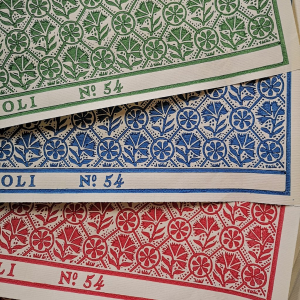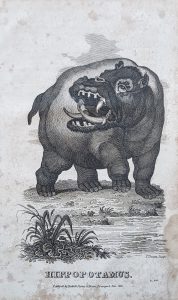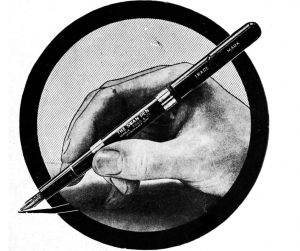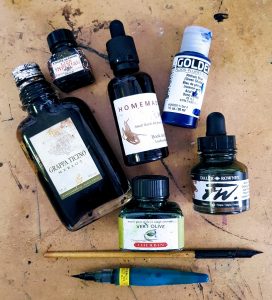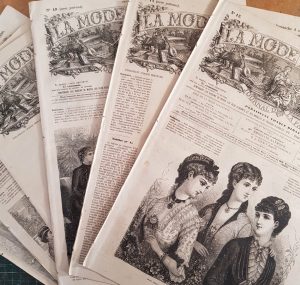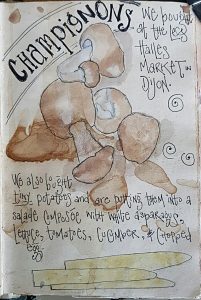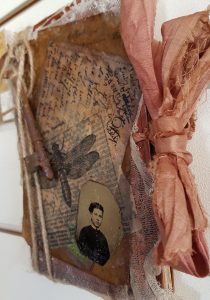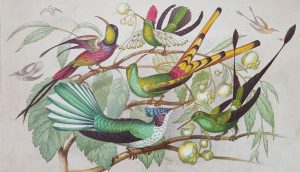One of my favourite times of the year is autumn and one of my favourite ways to hold onto the beauty and mystery that the season holds is to make ecoprints, steaming leaves I have foraged on my hikes into paper that I then make into cards, framed prints, or book covers.
Dying with plants is an inexact science but I have been doing this one for years and here’s hoping that some of these pointers will steer you in the right direction with your attempts.
Choose a robust paper. Anything under 130 g/m is likely to tear when it is wet. I tend to use a watercolour paper that is 300 g/m. It makes for a sturdy substrate that will then be a nice weight for working into a project.
Choose your leaves! Not going to lie, this is a bit of an art, and the more batches of prints you make, the more you find from trial and error what really pops in your finished pages. I can tell you that I have the best results from leaves that had fallen from the tree – do not take them from the [read more]

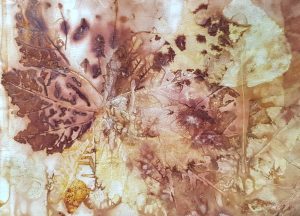
 Follow
Follow
